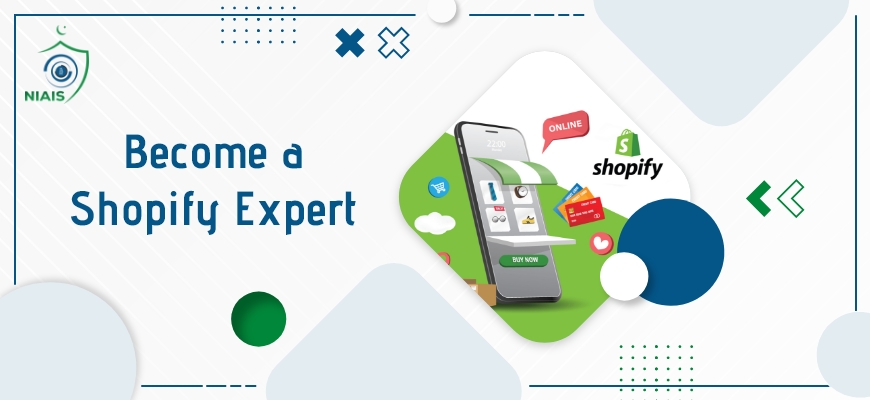E-Commerce Blogging 7 Steps To Grow Your Traffic & Sales
In the bustling world of e-commerce, where competition is fierce and attention spans are short, standing out from the crowd is essential for success. While traditional marketing tactics like paid ads and social media promotions are effective, they often require a significant investment of both time and money. However, there's one powerful tool that savvy e-commerce entrepreneurs can leverage to boost both traffic and sales: blogging.
Blogging isn't just reserved for personal diaries or hobbyists anymore. It has evolved into a strategic marketing tool that can drive targeted traffic to your e-commerce website, engage your audience, and ultimately increase sales. In this article, we'll explore seven actionable steps to help you harness the power of e-commerce blogging to grow your business.
Define Your Audience and Goals
Before diving headfirst into the world of blogging, it's crucial to have a clear understanding of your target audience and the goals you want to achieve. Who are your ideal customers? What are their interests, pain points, and preferences? By defining your audience, you can tailor your blog content to resonate with their needs and desires.
Additionally, establish specific goals for your blog, whether it's to increase website traffic, generate leads, or boost sales. Having measurable objectives will guide your blogging strategy and help you track your progress over time.
Conduct Keyword Research
Keyword research is the foundation of any successful blogging strategy. Identify relevant keywords and phrases that your target audience is searching for online. Tools like Google Keyword Planner, SEMrush, or Ahrefs can help you uncover high-volume keywords with moderate to low competition.
Focus on long-tail keywords that are specific to your niche or products. These keywords may have lower search volumes, but they tend to be less competitive and attract highly targeted traffic. Incorporate these keywords naturally into your blog content to improve your search engine rankings and attract more organic traffic.
Create High-Quality Content
Once you've identified your audience and keywords, it's time to create compelling content that adds value to your readers. Your blog posts should be informative, engaging, and relevant to your target audience's interests and needs. Consider addressing common pain points, providing solutions to their problems, or offering valuable insights and tips related to your products or industry.
Utilize a variety of content formats, including how-to guides, product reviews, listicles, and case studies, to keep your blog fresh and appealing. Incorporate visuals such as images, infographics, and videos to enhance the readability and shareability of your content.
Optimize for SEO
Search engine optimization (SEO) is crucial for ensuring that your blog posts rank well in search engine results pages (SERPs). Optimize your content for relevant keywords by including them in your titles, headings, meta descriptions, and body copy. Use descriptive alt tags for your images and optimize your site's loading speed to improve user experience and search engine rankings.
Additionally, focus on building high-quality backlinks from reputable websites in your industry. Guest blogging, influencer collaborations, and social media promotion can help you attract valuable backlinks and boost your site's authority in the eyes of search engines.
Promote Your Blog
Creating great content is only half the battle; you also need to promote it effectively to reach your target audience. Share your blog posts across your social media channels, email newsletters, and online communities where your audience hangs out. Encourage your followers to like, share, and comment on your posts to increase their visibility and engagement.
Consider investing in paid promotion tactics such as sponsored content, influencer partnerships, or pay-per-click advertising to extend your reach and attract new visitors to your blog. Monitor your promotion efforts closely and adjust your strategy based on the performance of your campaigns.
Engage with Your Audience
Building a loyal community around your blog is key to driving repeat traffic and fostering customer loyalty. Respond to comments on your blog posts, engage with your audience on social media, and encourage user-generated content such as reviews, testimonials, and user-generated photos.
Hosting interactive features such as polls, quizzes, or Q&A sessions can also help increase engagement and keep your audience coming back for more. By building meaningful relationships with your audience, you can turn casual visitors into loyal customers and brand advocates.
Analyze and Iterate
Finally, regularly analyze the performance of your blog posts and adjust your strategy accordingly. Track key metrics such as website traffic, engagement, conversion rates, and sales attributed to your blog content. Identify which topics, formats, and promotion channels are driving the best results and double down on what works.
Use analytics tools like Google Analytics or HubSpot to gain insights into your audience's behavior and preferences. Experiment with different content strategies, promotion tactics, and calls-to-action to optimize your blog for maximum impact.
In conclusion,
E-commerce blogging can be a powerful tool for driving traffic and sales to your online store. By following these seven steps and consistently delivering high-quality content that resonates with your audience, you can attract more visitors, engage with potential customers, and ultimately grow your e-commerce business. So roll up your sleeves, start blogging, and watch your online presence soar!










